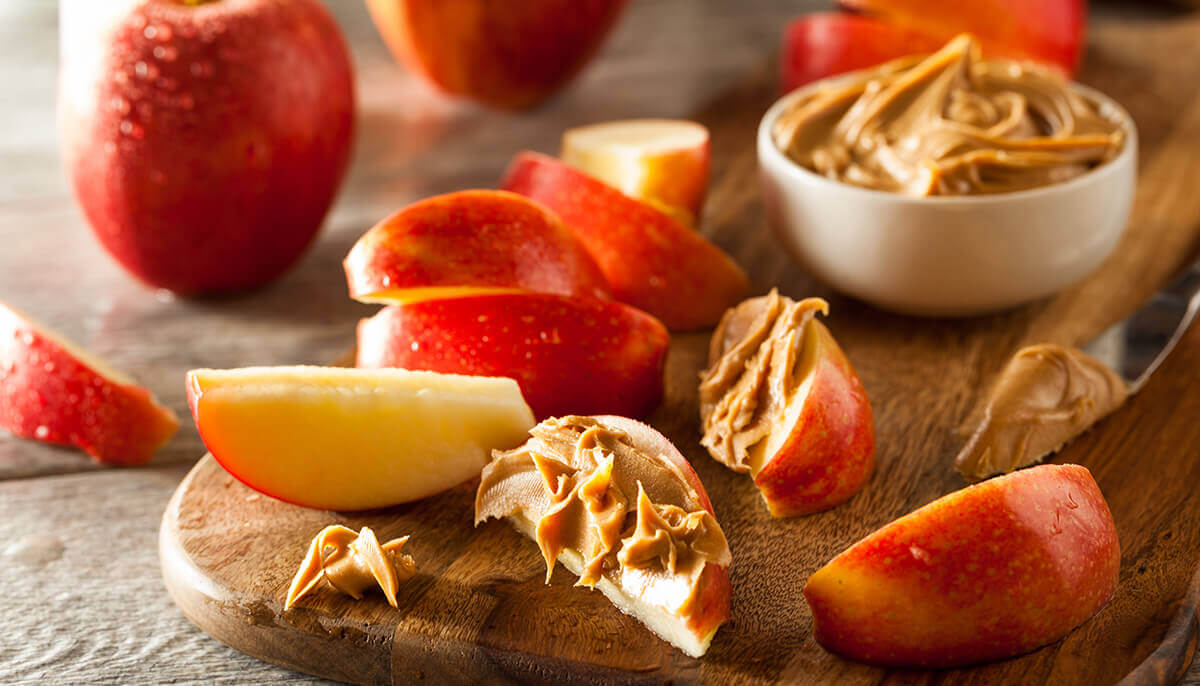Using snacks to boost nutrition

Snacks, the foods eaten between meals, account for up to one-quarter of daily calories for adults in the United States. Eating habits of both adults and children have changed dramatically in the past few decades, shifting from three square meals to all-day snacking. Forty years ago, 73% of adults snacked once a day or not at all. By 2008, 65% of adults were snacking two or more times a day. Most snack foods are high in sugar and salt and low in nutrients, and they may be contributing to an increasingly overweight and obese population.
Fortunately, snack opportunities can be used to improve eating habits. Having strategies in place to create healthy snacks can lead to fewer impulse snacks and greater awareness of food choices. By choosing from multiple food groups and following purchase and storage tips, snacks can make up for nutrient gaps while satisfying hunger and cravings.
There are simple snacking tips children and adults can take to help improve snacking habits.
Learn how creating nutrient-dense snacks for kids can improve overall nutrition.